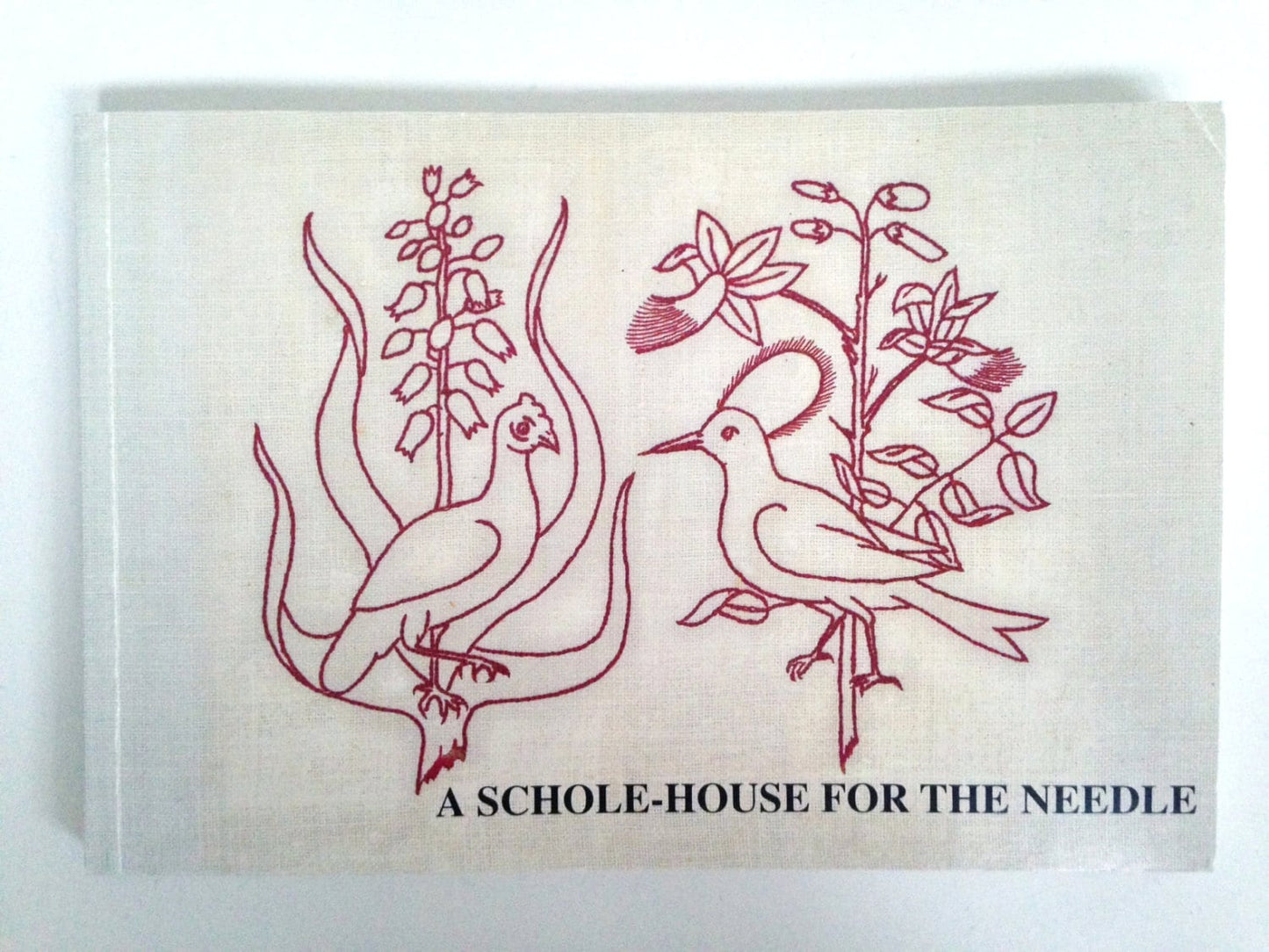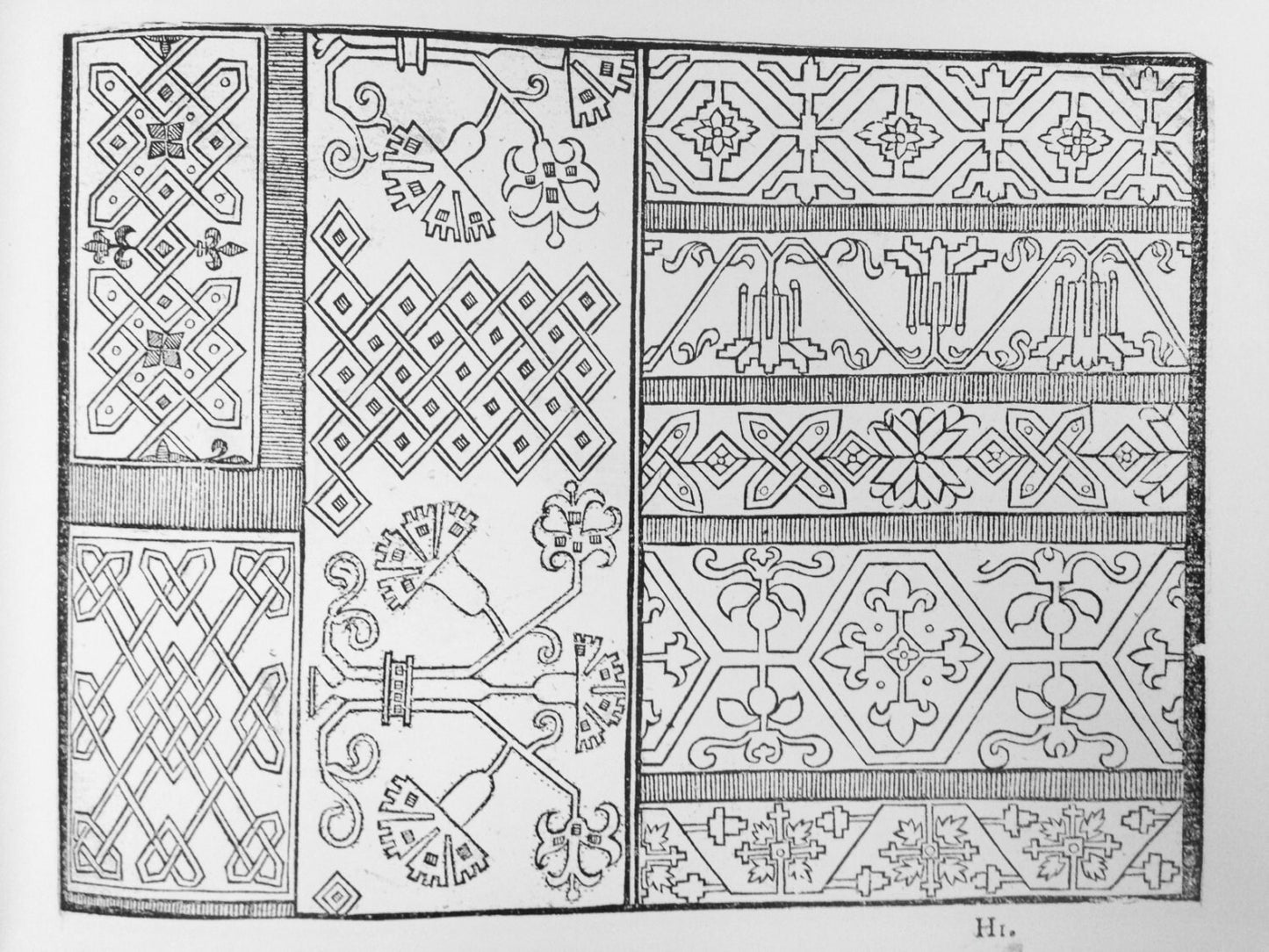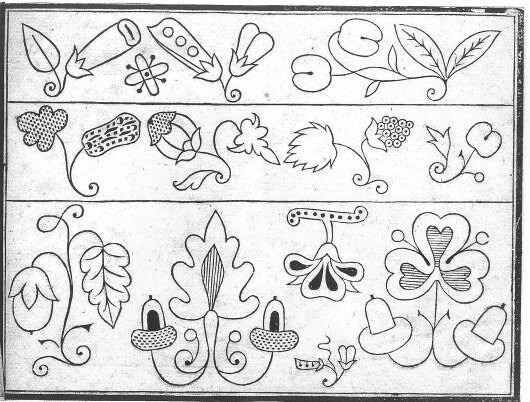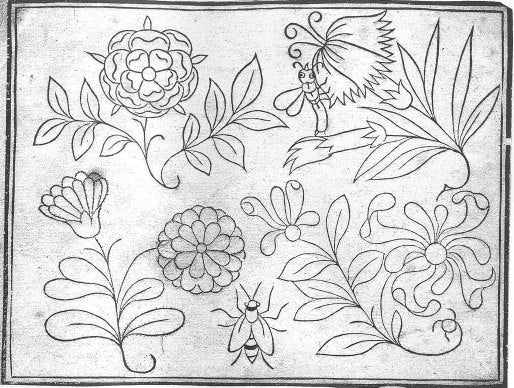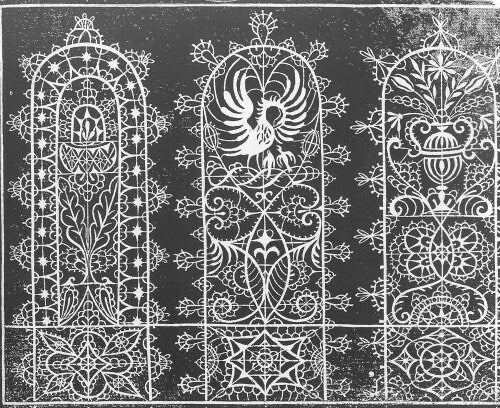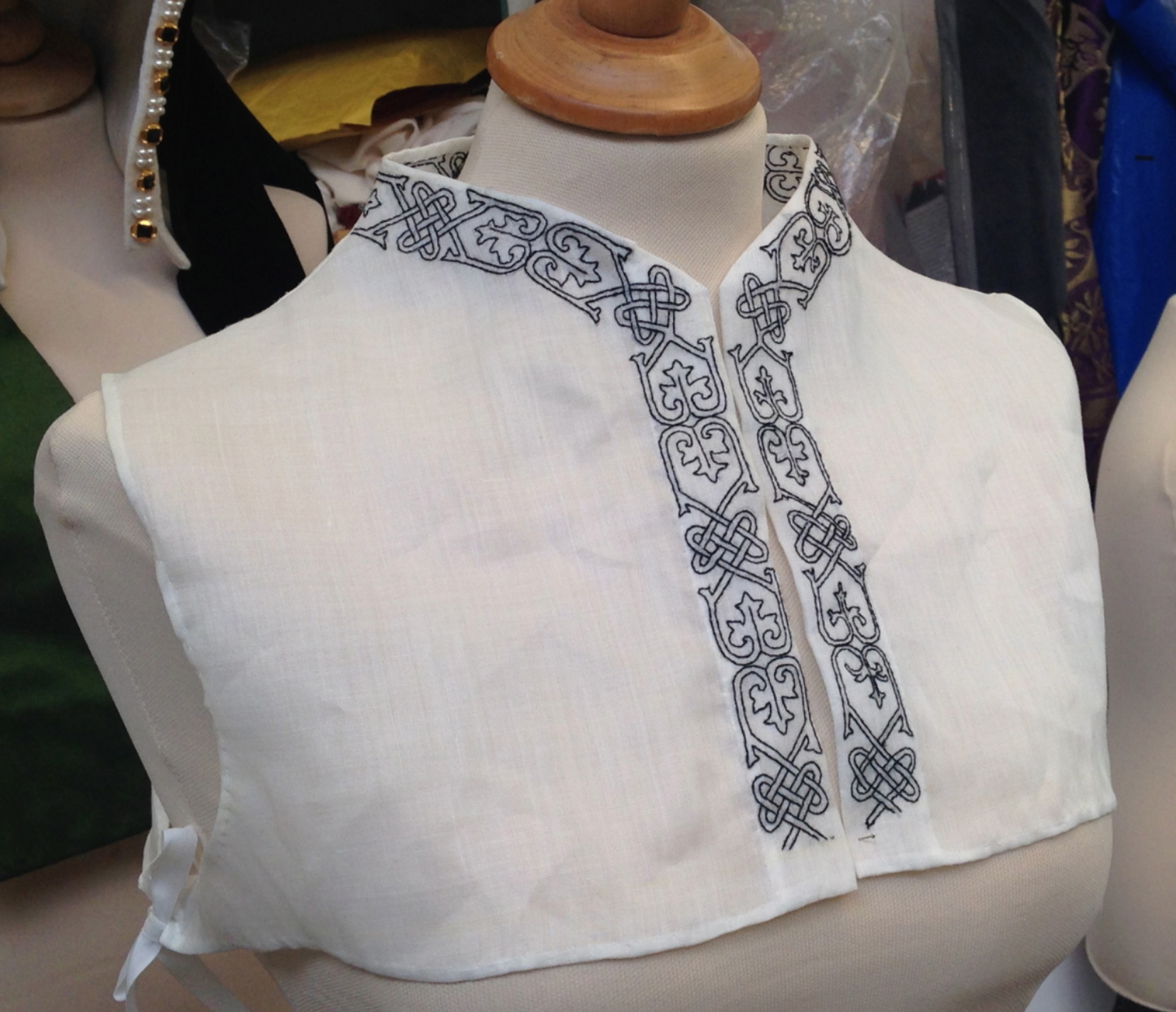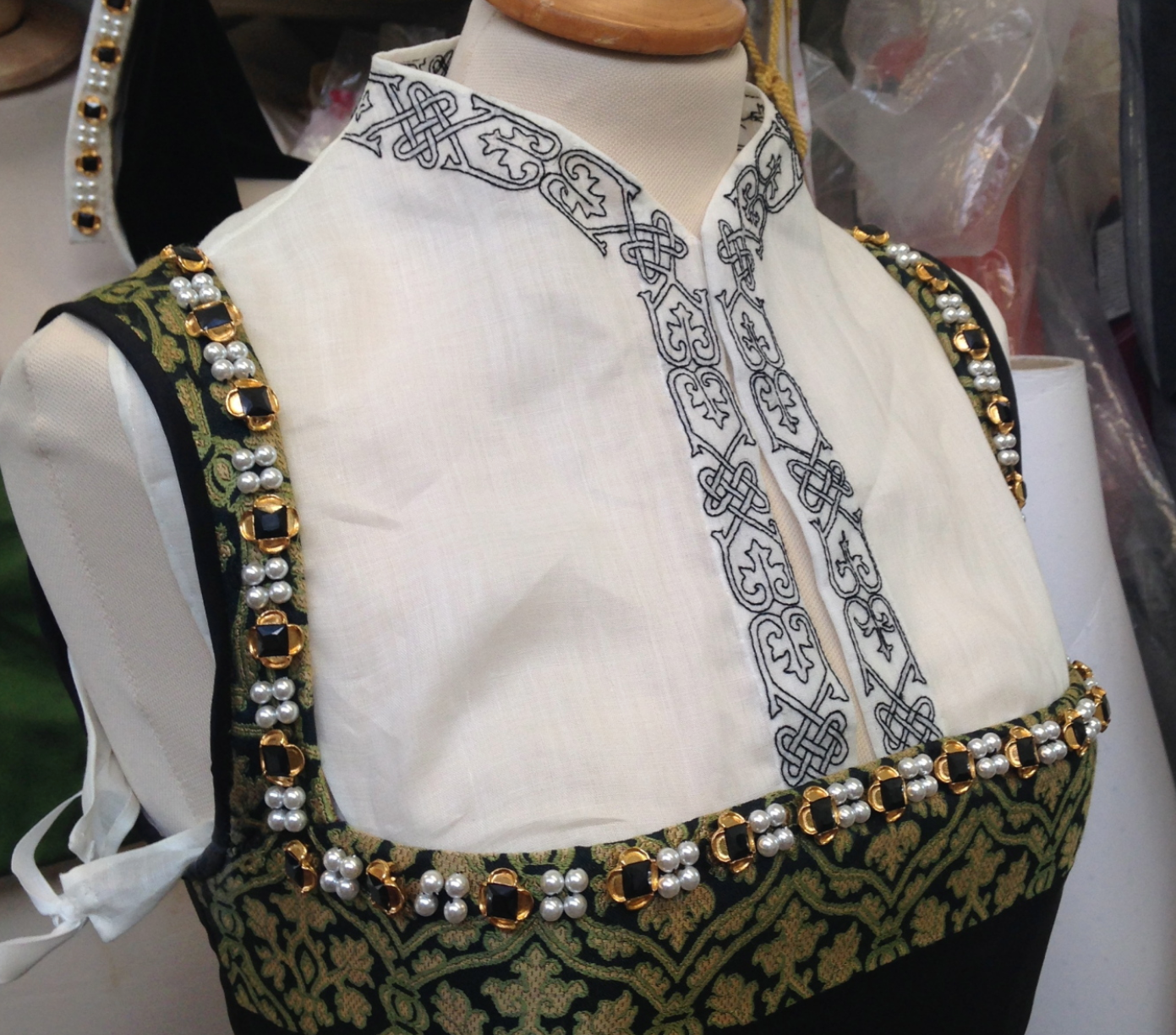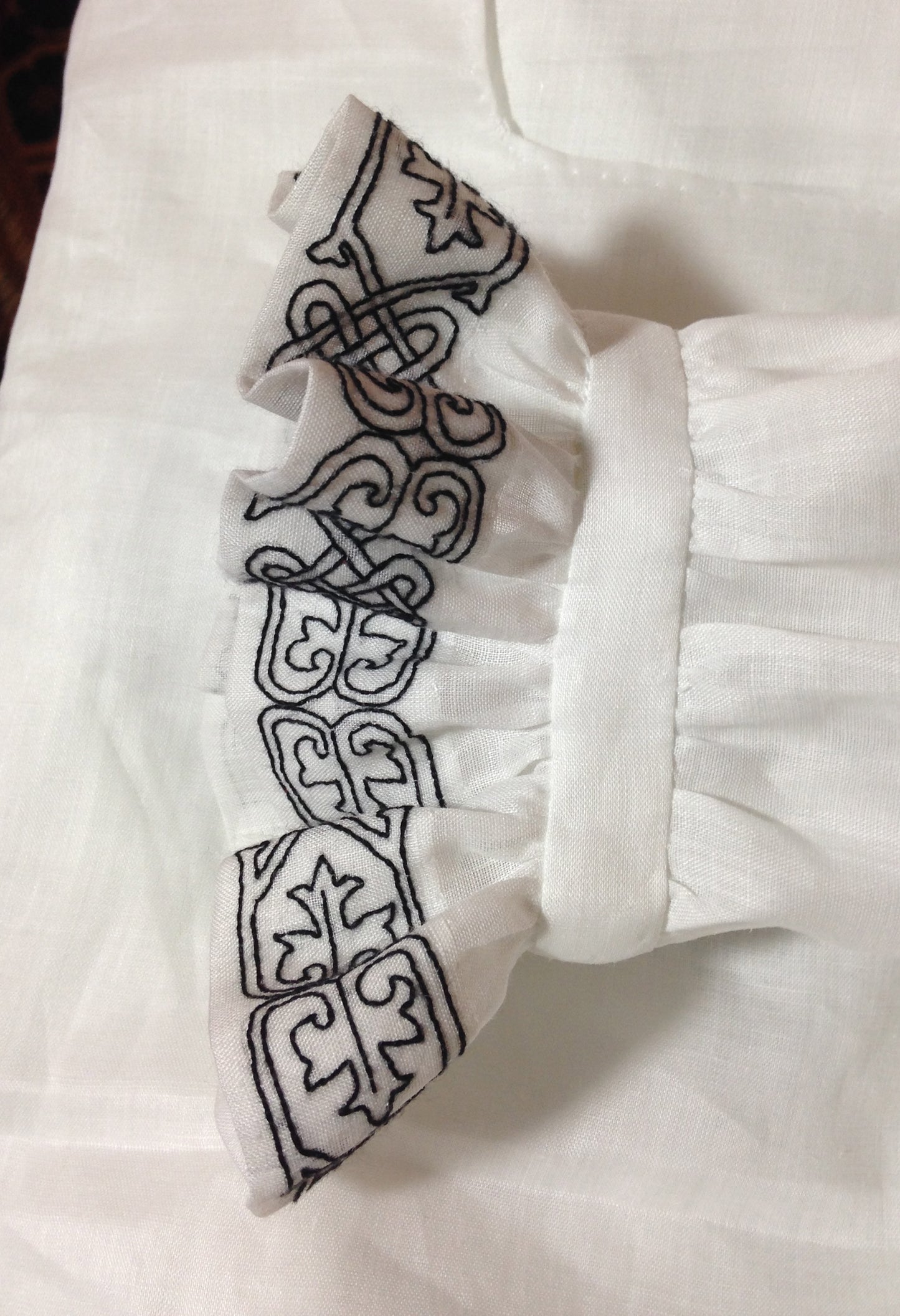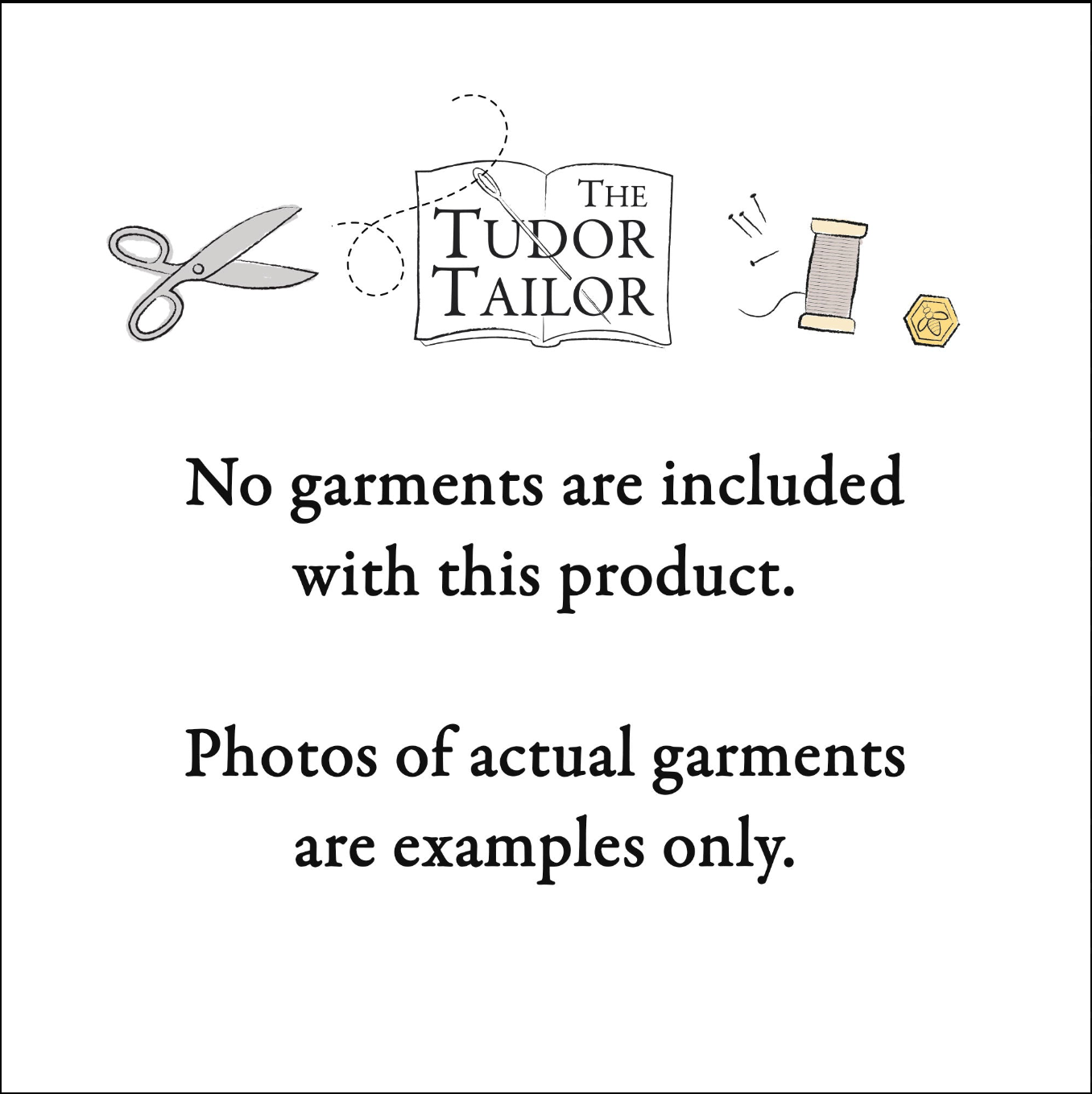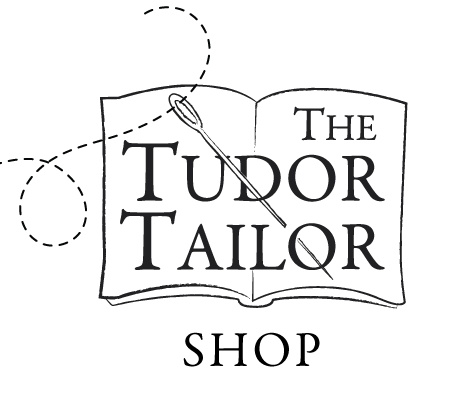A Schole-House for the Needle: 17th century embroidery & lacemaking - facsimile of a book published in 1632
A Schole-House for the Needle: 17th century embroidery & lacemaking - facsimile of a book published in 1632
Couldn't load pickup availability
• 72 pages
• Over 60 black and white illustrations
• Paperback
• 9in x 6in (23cm x 15.5cm)
This book is an invaluable source of patterns for anyone wishing to recreate lace or embroidery from the 1540s to the 1620s.
A Schole-House for the Needle is a facsimile of a 1632 original book now in the private collection of John and Elizabeth Mason. It contains over 60 illustrations of lace and embroidery patterns from the 16th and early 17th centuries.
The facsimile includes an historical background by Santina M. Levey, historian and former keeper of the department of textiles at the Victoria & Albert Museum, as well as an introduction from The Lace Guild and a foreword from The Embroiderers' Guild.
Richard Shorleyker was a printer working in London in the early seventeenth century. He first published A Schole-House for the Needle in 1624, and the book contains beautiful patterns for a range of elaborate and impressive lace designs which were fashionable at the time. However, he drew on his extensive collection of blocks and prints and also included older designs for both lace and embroidery. The earliest patterns are those for blackwork and whitework which date back to the 1540s.
There are numerous motifs which draw on nature, including charming depictions of flowers, birds, animals, fruits and insects, all very typical of the Elizabethan period.
Examples of designs from the book can be seen in extant garments, such as the woman’s embroidered smock in the Victoria and Albert Museum made between 1615 and 1630 (T.2-1956) which features snails, peapods, acorns and birds worked in red silk on linen.
We also offer a kit which includes this book along with linen fabric and silk thread to get started.
Share
